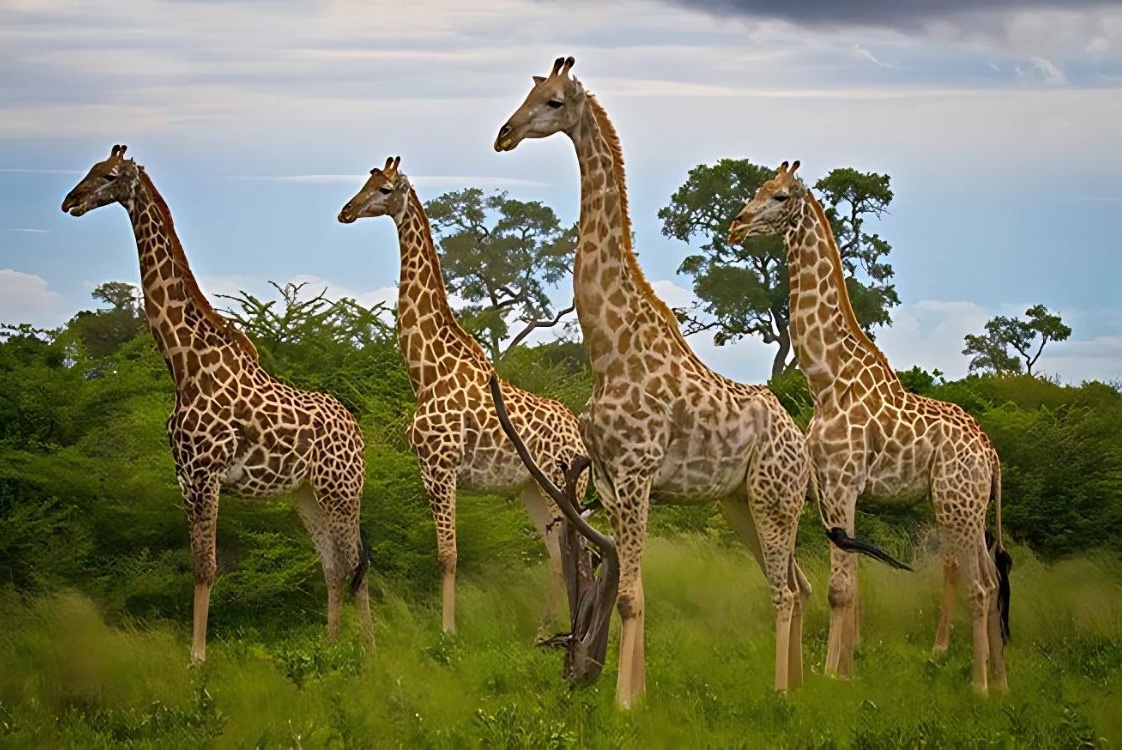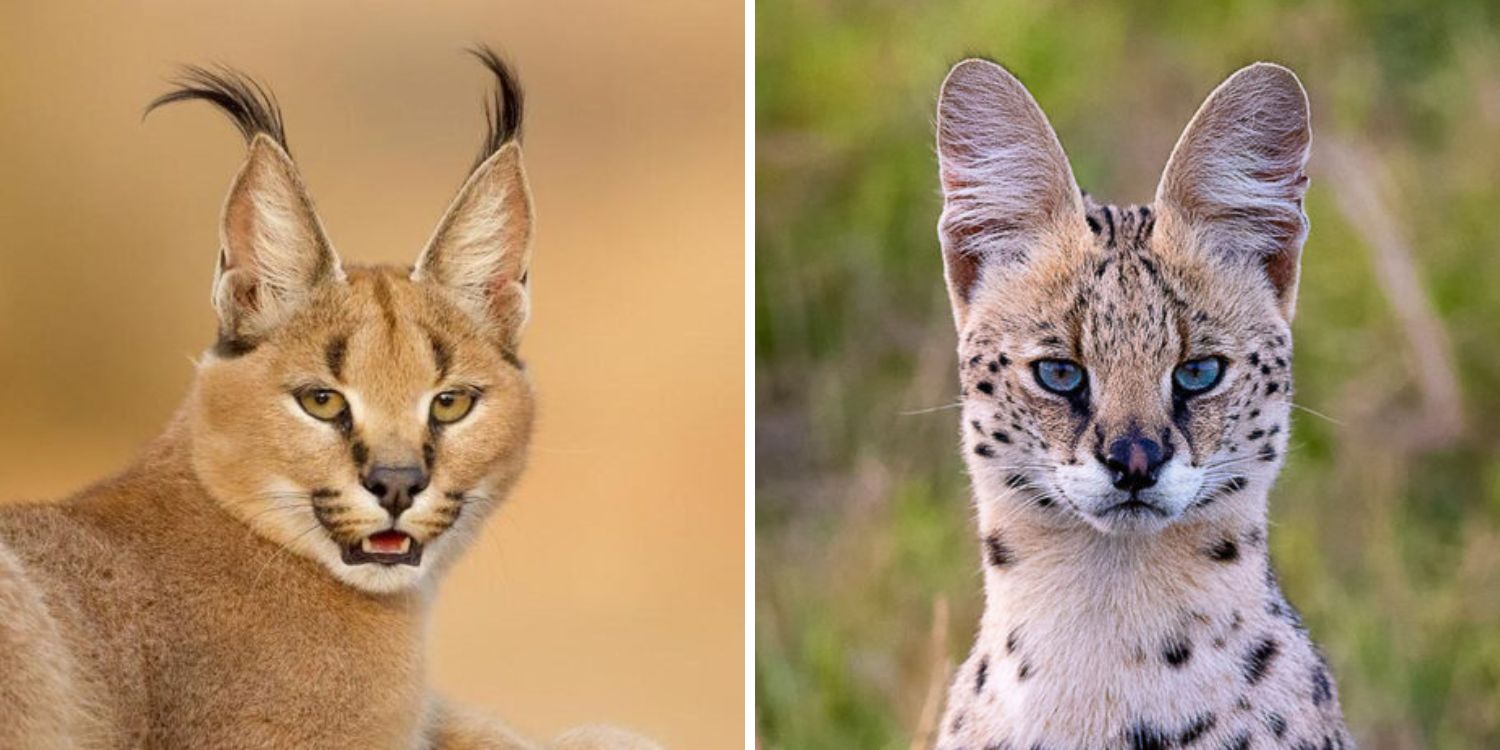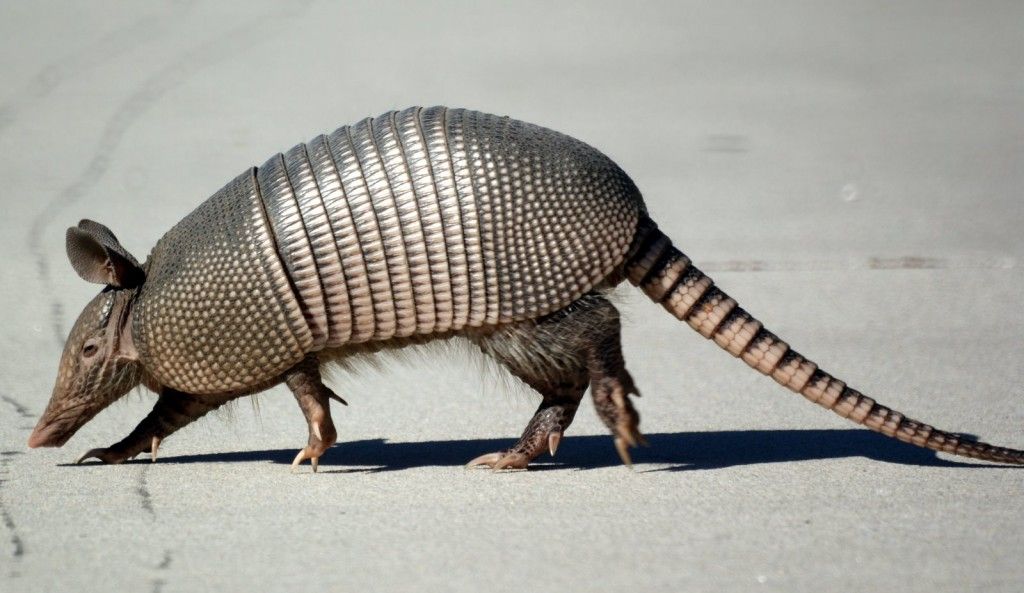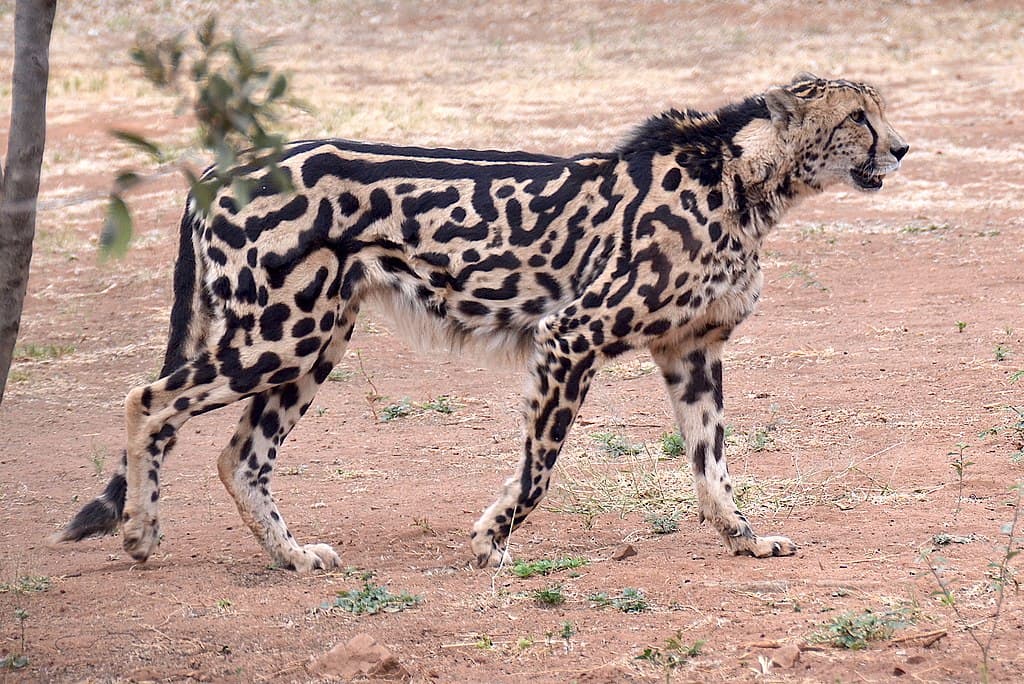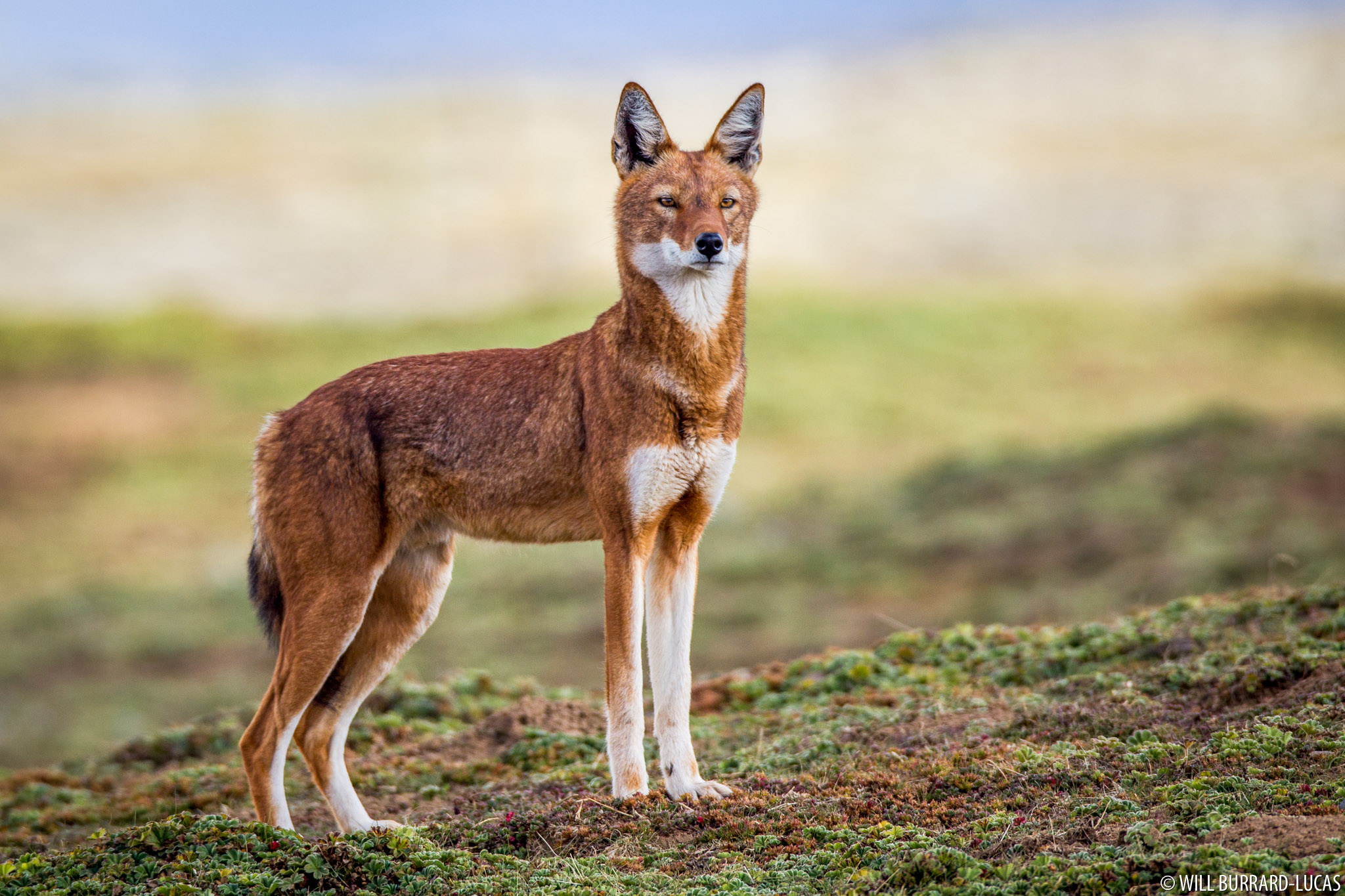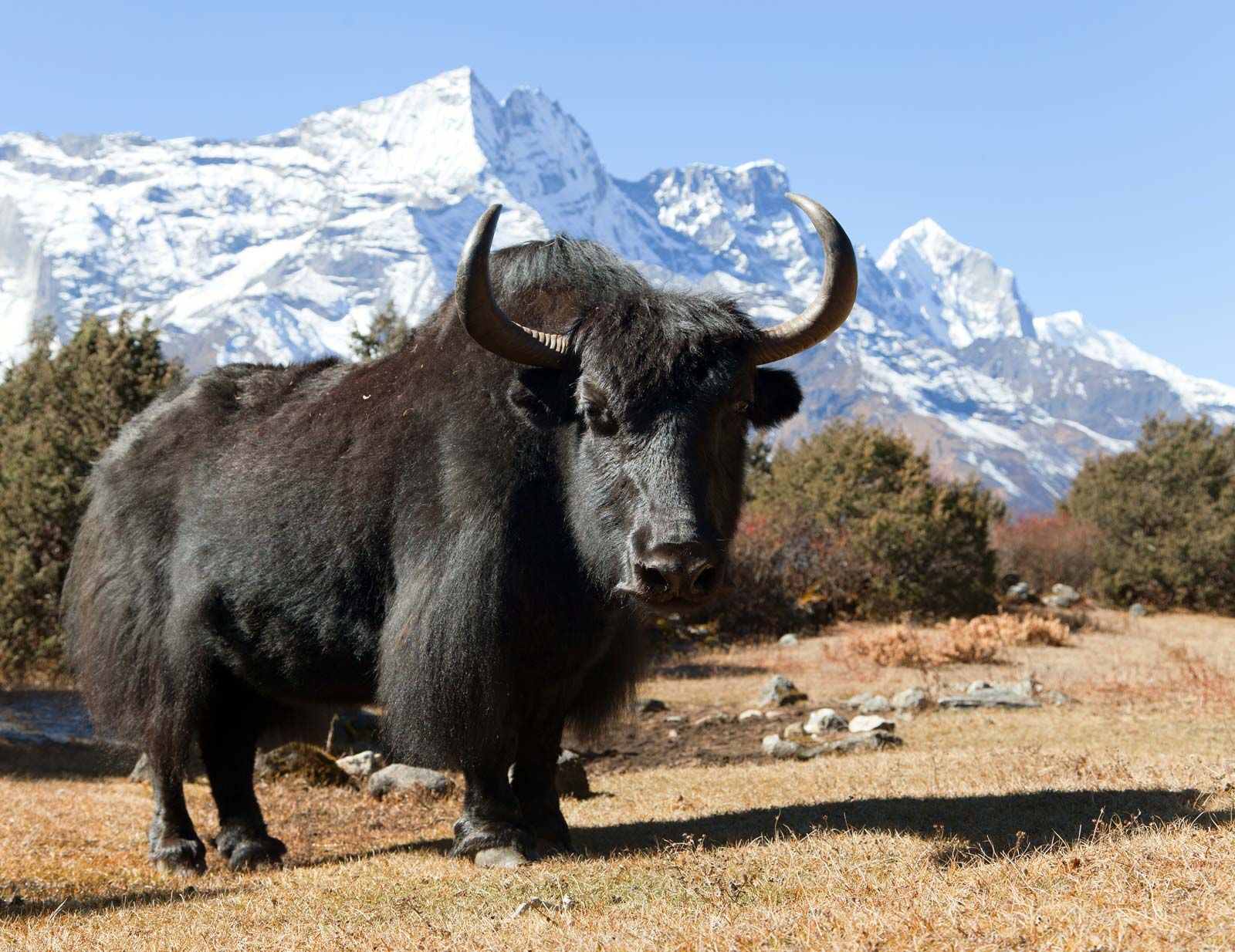
When it comes to thriving in extreme environments, few animals are as tough—or as important—as the mighty yak. These long-haired, horned bovines are built for life at high elevations, and they’ve been an essential part of mountain cultures for centuries. From the windswept plateaus of Tibet to the icy peaks of the Himalayas, yaks are more than just livestock—they’re lifelines.
What Is a Yak?
The yak (Bos grunniens for domesticated and Bos mutus for wild) is a member of the cattle family specially adapted to cold, mountainous regions. With their shaggy coats, stocky bodies, and lung capacity suited for thin air, yaks are uniquely equipped to handle elevations over 10,000 feet (3,000 meters).
There are two main types:
- Domesticated yak: Bred and raised by people for milk, meat, fiber, and transport.
- Wild yak: Larger and much rarer, found mainly in remote parts of Tibet and western China.
Built for the Cold
Yaks are walking survival kits. Their dense wool and undercoat keep them warm in freezing temperatures, while their broad hooves help them navigate rocky, snowy terrain. Unlike other cattle, yaks don’t sweat much—an important trait in icy climates where moisture could lead to dangerous heat loss.
They also have super-efficient respiratory systems. Even in air that would leave most animals gasping, yaks keep going strong thanks to enlarged lungs and hearts that make them high-altitude champs.
Why Yaks Matter
To the people of the Himalayas and Tibetan Plateau, yaks are everything. They provide:
- Milk and butter, used to make cheese and the famously rich yak butter tea.
- Meat, which is an important protein source in regions where agriculture is limited.
- Wool and hides, used for clothing, blankets, and tents.
- Transportation, as pack animals that can carry supplies across rugged mountain passes.
- Even fuel, in the form of dried yak dung burned for heat and cooking.
Wild Yak Conservation
While domesticated yaks are thriving, their wild cousins are considered vulnerable. Habitat loss, hunting, and interbreeding with domestic herds threaten their survival. Conservation groups are working to protect these majestic animals through habitat preservation and research.
Fun Yak Facts
- Yaks don’t “moo”—they grunt (hence the species name grunniens).
- They can survive in temperatures as low as -40°F (-40°C).
- A yak’s thick tail hair was once used to make wigs for theatrical costumes in Europe!
From their incredible endurance to their central role in mountain life, yaks are truly one of the world’s most fascinating animals. Next time you see a photo of a Himalayan landscape, don’t forget to thank the yak—the unsung hero of the highlands.
More photos below ↓























Disclaimer: This blog post is for edutainment purposes only and may not be entirely accurate.

